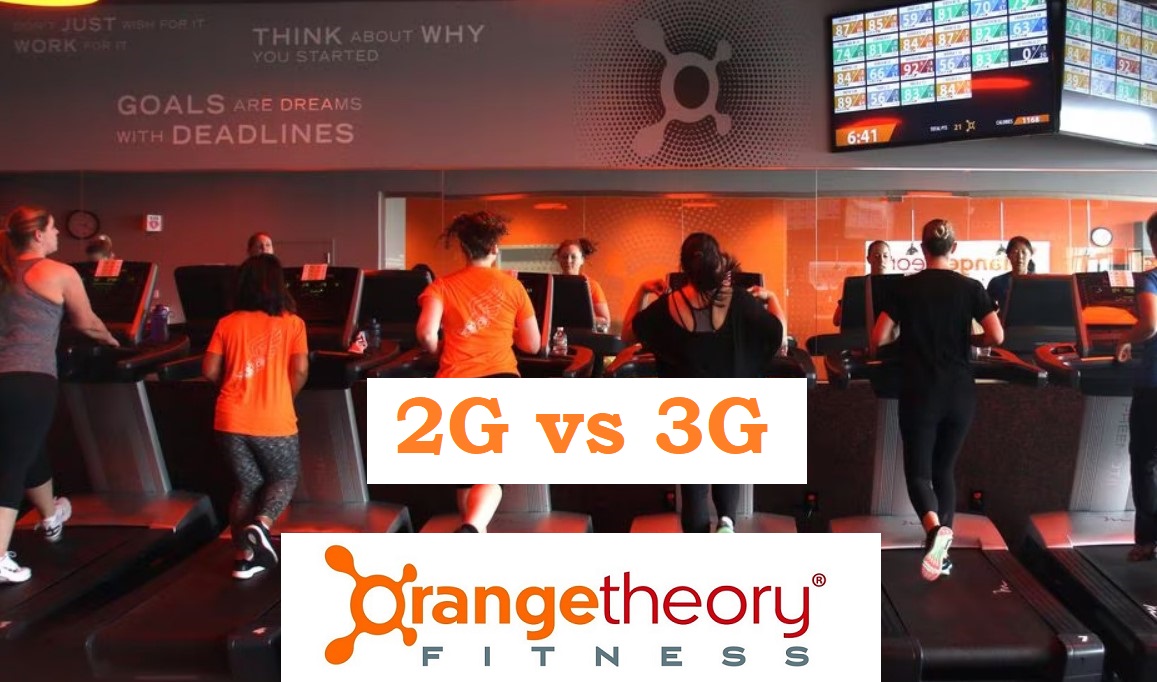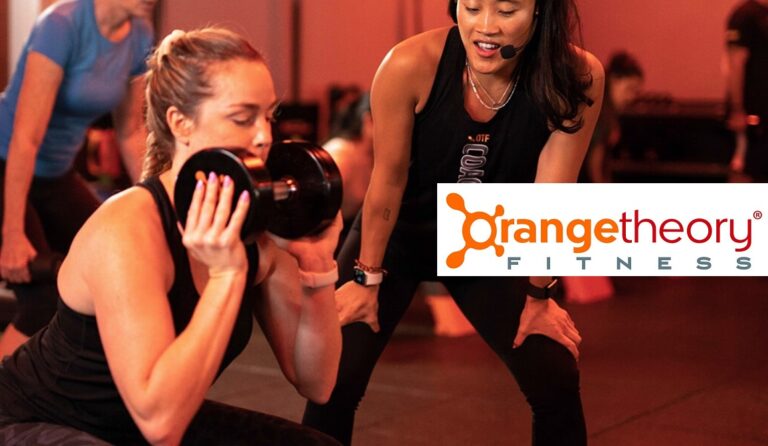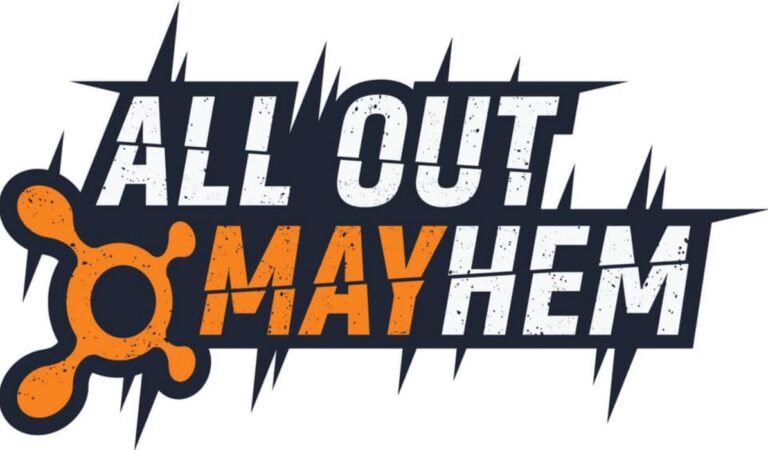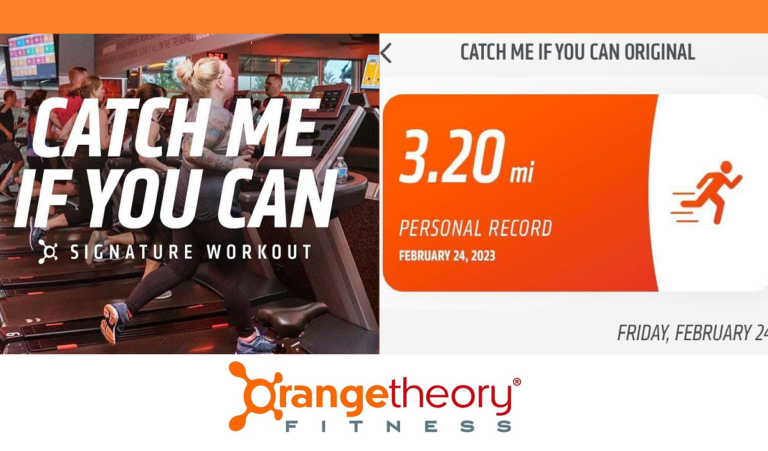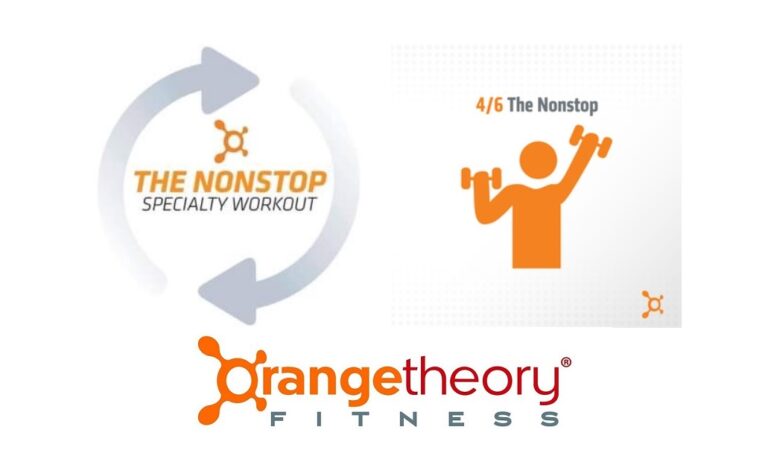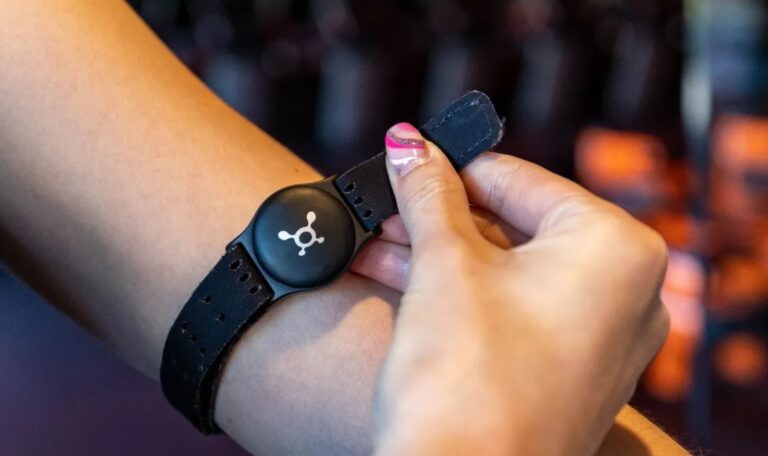Orangetheory 2G Vs 3G Workouts: Comparison, Templates and More
In general, 3G (3 groups) is a bit harder than 2G (2 groups) but the intensity Varies from template to template. Overall, most exercises will be the same but time is shorter in 3G.
Orangetheory Fitness, a renowned fitness studio, offers two types of workout formats known as 2G and 3G. These designations have nothing to do with networks but rather indicate the number of groups in a class and how the stations are utilized during the workout.
Orangetheory 3G: 3 Groups
In a 3G class (3 Groups), the class is divided into three equal groups, each stationed at one of the three Orangetheory exercise stations: treadmill, rowing machine, and floor weight training.
The goal is to evenly distribute participants among the stations, and all three stations are utilized throughout the entire class. Each group spends one-third of the class time at each station.
For example, if a standard Orangetheory studio has 12 treadmills, 12 rowing machines, and 12 sets of floor weights, a 3G class would have a total of 36 participants (12 participants at each station).
Pros of 3G:
- Ensures utilization of all exercise stations throughout the class.
- Offers a well-rounded workout targeting endurance, strength, and power (ESP) training.
Cons of 3G:
- Shorter duration at each station (approximately 14 minutes), which might be challenging for some individuals.
- No choice but to complete exercises at each station.
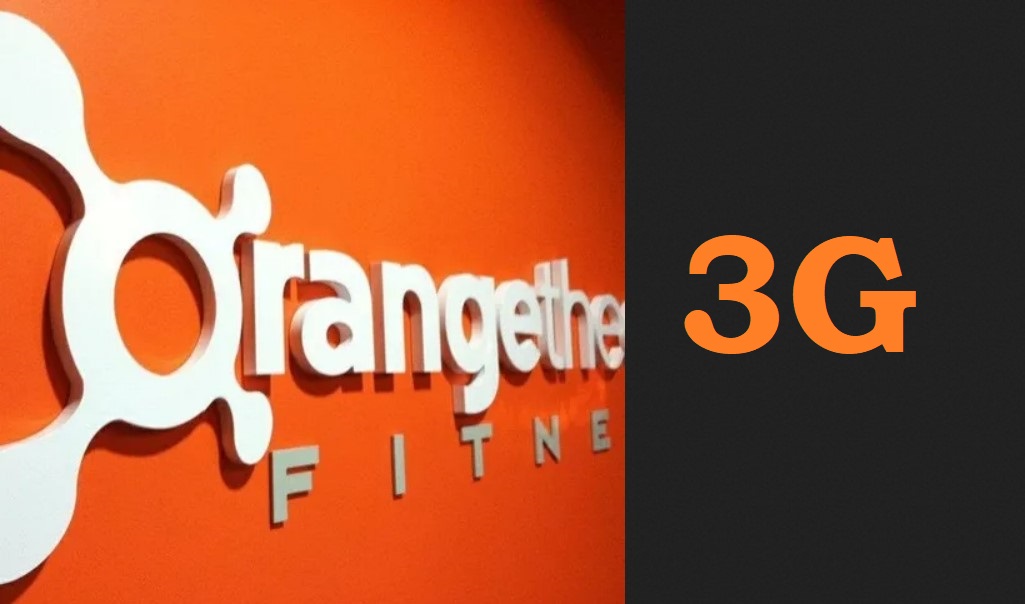
Orangetheory 3G (60 minutes) Template:
Tread Block 1 – 4 minutes
- 1 minute Push Pace
- 30 seconds Base Pace
- 1 minute Push Pace
- 30 seconds Base Pace
- 1 minute All-Out (AO)
Tread Block 2 – 4 minutes
- Goal: Match or beat your distance from block 1
- 1 minute Base Pace to Push Pace
- 1 minute Push Pace
- 1 minute Push Pace to All-Out (AO)
- 1 minute All-Out (AO)
Tread Block 3 – 4 minutes
- Goal: Match or beat your previous best distance
- 3 minutes Treadmill for distance
- 1 minute All-Out (AO)
Row Block 1 – 4 minutes
- 200 meters All-Out Row
- 20 x Pogo Hops
Row Block 2 – 4 minutes
- 150 meters All-Out Row
- 20 x Quick Feet Exchanges
Row Block 3 – 4 minutes
- 100 meters All-Out Row
- 20 x Twist Hops (repeat)
- Finisher: 1 minute All-Out Row (AO)
Floor Block 1 – 4 minutes circuit
- 6 each x Low Bench Reverse Lunge to Single Leg Hop
- 12 total x Low Bench High Plank Up and Down
Floor Block 2 – 4 minutes circuit
- 6 each x Single Arm Clean to Press
- 12 x Low Bench High Plank Jack x 12
Floor Block 3 – 4 minutes circuit
- 6 each x Single Arm Snatch
- 12 x Low Bench Bridge
- Finisher: 1 minute of Alternating Single Arm Snatch
[Please note that these templates are just examples, and the actual workouts may vary from studio to studio and from day to day.]
Read: OrangeTheory Load and Explode Workout: Unleashing Your Power
Orangetheory 2G: 2 Groups
In a 2G class (2 Groups), the class is divided into two groups, and only two of the three stations are usually occupied at any given time. The most common format is one group on the treadmills and the other group alternating between the rowing machines and floor weight training.
Pros of 2G:
- More time can be dedicated to specific exercises since one station is left unoccupied during certain periods.
- Allows for more flexibility in exercise preferences.
Cons of 2G:
- Less rowing compared to 3G classes.
- Not all participants may experience each exercise station.
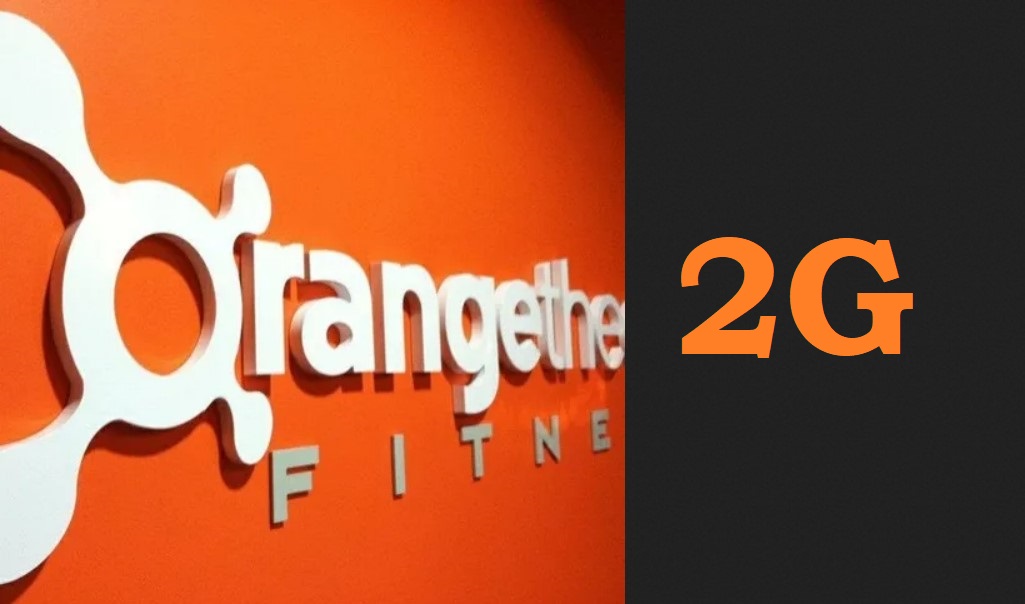
Orangetheory 2G (60 minutes) Template:
Tread Block 1 – 7 minutes
- 2 minutes Push Pace
- 45 seconds Base Pace
- 1 minute Push Pace at 4%
- 45 seconds Base Pace
- 1 minute Push Pace at 4%
- 45 seconds Base Pace
- 45 seconds All-Out (AO)
Tread Block 2 – 6.5 minutes
- 90 seconds Push Pace
- 45 seconds Base Pace
- 1 minute Push Pace at 3%
- 45 seconds Base Pace
- 1 minute Push Pace at 3%
- 45 seconds Base Pace
- 45 seconds All-Out (AO)
Tread Block 3 – 6 minutes
- 1 minute Push Pace
- 45 seconds Base Pace
- 1 minute Push Pace at 2%
- 45 seconds Base Pace
- 1 minute Push Pace at 2%
- 45 seconds Base Pace
- 45 seconds All-Out (AO)
Floor Block 1 – 7 minutes
- 20-stroke Push Row (check distance)
- Back-to-back superset:
- 8 x Chest Press
- 8 x Chest Fly (rest)
- 4 each x Cross Back Lunge
Floor Block 2 – 6.5 minutes
- 20-stroke Push Row (check distance)
- Back-to-back superset:
- 8 x Upright Row
- 8 x High Row (rest)
- 8 x Sit Up Stand to Shoulder Press
Floor Block 3 – 6 minutes circuit
- 8 x Full V Up
- 8 total x Seated Alt Oblique Knee Tuck
- 8 total x Low Plank Alt Wide Knee Drive
- Finisher: 45 seconds of Sit Up Stand to Shoulder Press
[Please note that these templates are just examples, and the actual workouts may vary from studio to studio and from day to day.]
Read: Orangetheory Catch Me If You Can: Template, Chart, Pacing & Tips!
Comparison: Orangetheory 2G Vs 3G
| Orangetheory 2G | Orangetheory 3G | |
|---|---|---|
| Classes | Treadmill, rowing machine, and strength training | Treadmill, rowing machine, and strength training |
| Rotations | Treadmill is compulsory; rowing and floor vary | Compulsory rotation among all three stations |
| Duration | 60 minutes | 60 minutes |
| Duration at each station | Half time on the treadmill, half time split between rowing and floor | One-third time on the treadmills, rowing machines, and floor weight training |
| Number of people | Standard Orangetheory studio: 24 participants | Standard Orangetheory studio: 36 participants |
| Trainers | Any Orangetheory trainer can lead the class | Specific training required for 3G classes |
| Intensity | High-intensity interval training | High-intensity interval training |
| Exercise goals | Whole-body cardio and strength training; weight loss emphasis | Whole-body cardio and strength training; evenly distributed exercises |
| Similarities | Both are high-intensity, full-body workouts | Both have access to treadmills, rowing machines, and strength equipment |
Which Burns More Calories: 2G or 3G?
The number of calories burned in Orangetheory workouts depends on various factors, including individual effort, fitness level, and the specific workout template for the day. As both 2G and 3G workouts are high-intensity interval training (HIIT), they can be equally effective in burning calories.
In general, the calorie burn is influenced more by the intensity of the exercises and the effort put into each station rather than whether it’s a 2G or 3G class. For example, workouts with heavy rowing or exercises that engage multiple muscle groups simultaneously are likely to result in higher calorie burns.
Is Orangetheory 2G or 3G Harder?
The difficulty level of Orangetheory workouts, whether 2G or 3G, can be subjective and varies from person to person. Both formats are designed to challenge participants and push them to their limits, promoting improvements in cardiovascular fitness and strength.
However, some individuals may find 3G classes harder due to the shorter duration spent at each station, leading to less rest time and more continuous movement. In 3G classes, participants must complete exercises at all three stations, providing a comprehensive workout but potentially requiring higher endurance.
On the other hand, some people may find 2G classes harder if they struggle with certain exercises or find the longer duration at a particular station more challenging. The 2G format allows for more focused attention on specific exercises or muscle groups.
Ultimately, the difficulty of the workout comes down to personal preferences, fitness level, and how well an individual adapts to the particular class format. Both 2G and 3G workouts offer intense, effective workouts that can help individuals achieve their fitness goals and maintain a healthy lifestyle.
Conclusion
Orangetheory Fitness offers two workout formats: 2G (Two Groups) and 3G (Three Groups). While both provide high-intensity workouts targeting cardio and strength training, they differ in the number of groups and exercise station rotations.
Each format has its unique benefits and challenges, and the choice between 2G and 3G depends on individual preferences and fitness goals.
The dynamic and engaging workouts at Orangetheory have contributed to its widespread success and popularity in the fitness industry.

